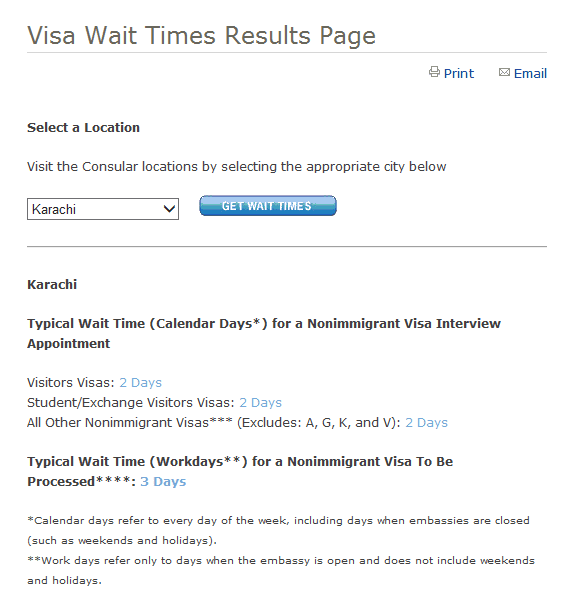In my last post, I shared the salary brackets for Employment Contract and Consultant Contract. The feedback, that I received on that post, contains a number of queries and comments on huge difference in compensation between the two models. So, I thought it is in the best interest of all to discuss Sponsor’s Share or Profit in my next post.
This is a known fact that all companies who sponsor H-1B, do it to save or make some money:
- Companies need resources for their in-house project/product development and they can get quality resources in a cheaper rate if they have the means and access to human resource markets like Pakistan, India, China, etc..
[ Benefit – Save Money ] [ Contract Type – Employment ] - Companies also deploy resources to other clients and earn a % share from the salaries of those resources via the Corporate-to-Corporate (corp-to-corp or c2c) model.
[ Benefit – Make Money ] [ Contract Type – Consultant ]
I will now continue the example from my previous post, to help you understand how sponsor companies make or save money as discussed above.
Based on the salary ranges I mentioned in my previous post, a Java Developer can sign:
- An Employment Contract of US$ 3,500 per month, OR
- A Consultant Contract of US$ 40 per hour
Let us now calculate the per month salary of this resource for option #2 i.e. Consultant Contract:
As a standard, each resource is required to work 8 hours per day and five weekdays a week from Monday to Friday. Saturday and Sunday are weekend holidays. If we assume, there are 4 weekends in a month and an average month has 30 days then:
[ 30 (days in month) – 8 (weekend holidays) ] x 8 (hours per day) x 40 ($ per hour) = US$ 7,040 per month
This is more than double of what the resource can get on Employment Contract. So this seems un-fair or imbalance. Actually it is not, because in case of Employment Contract, the resource is actually employed by the H-1B Sponsor itself, so sponsor already offered the resource a salary that is less than the prevailing market standard. And, this way the sponsor saves the money, because if they hire the same level of resource from the market that would cost them much more.
On the other hand, in Consultant Contract, the sponsor deploys the resource on to one of it’s client companies. The c2c contract between the sponsor and the client will mention US$ 40 per hour, but there will be a contract between the resource and the sponsor which states that a specific % of the resource’s salary will be shared with the sponsor
Based on recent trends:
70% to 80% will be the resource’s share
20% to 30% will be the sponsor’s share
So, if we apply the same to the compensation we calculated above:
US$ 7, 040 x 70 / 100 = US$ 4,928
Now, you can compare this compensation with that of Employment Contract:
Employment Contract – US$ 3,500 per month
Consultant Contract – US$ 4,928 per month
The difference between the two is:
US$ 3,500 per month – US$ 4,928 per month = US$ 1,428
That difference can be justified keeping the amount of risk involved in Consultant Contracts (for detail of risks please refer to my previous post).
I hope my post will help you understand different aspects of the contracts. A heads up for all you, this still is not a complete picture, there are deductions/taxation involved, which I will discuss in detail in my next post.




